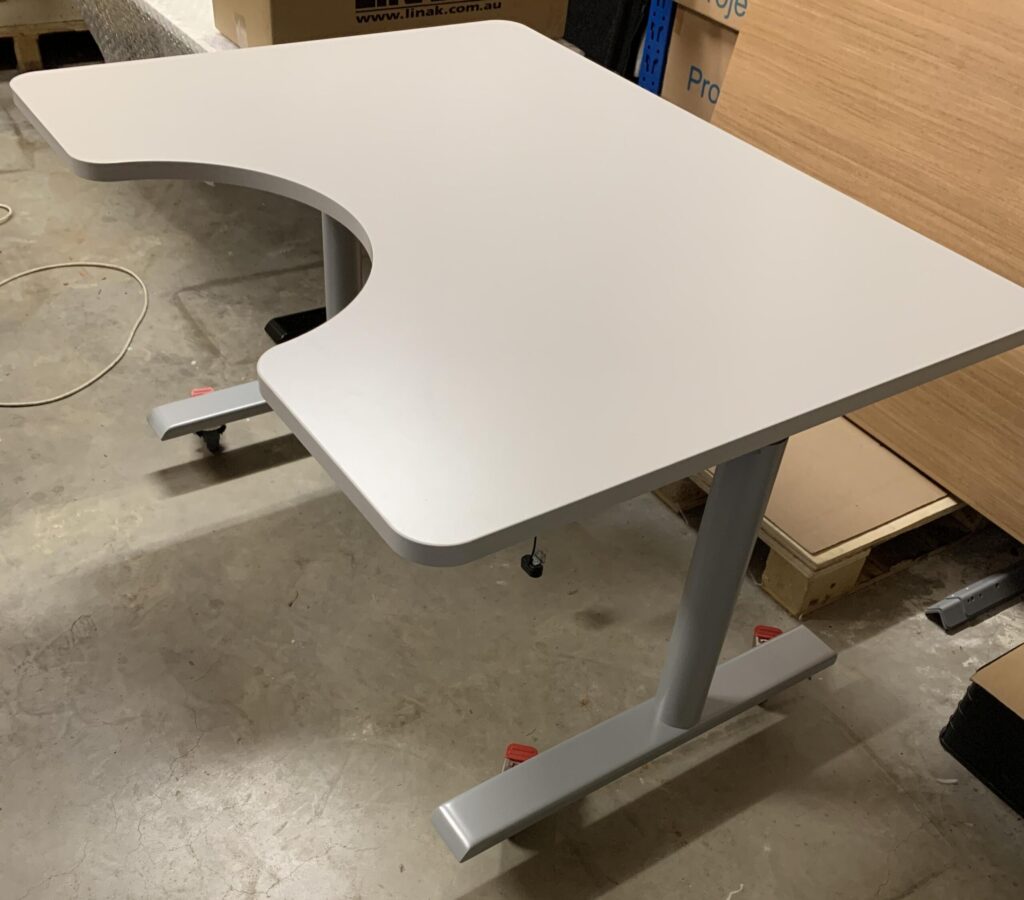
How Ergomotion Can Help Workstation Ergonomics
 Many workers tend to spend 9, 10 or even more hours each day doing repetitive tasks while sitting at poorly fitted workstations. The impact of this can be quite dramatic and may include sore limbs, backs and necks that result not only pain and suffering for the worker, but also decreased productivity and reduced employee morale. Fortunately, here are some great ways to help you improve your office’s workstation ergonomics and reduce some of the pain and consequences that result from workers using poorly designed and fitted workstations.
Many workers tend to spend 9, 10 or even more hours each day doing repetitive tasks while sitting at poorly fitted workstations. The impact of this can be quite dramatic and may include sore limbs, backs and necks that result not only pain and suffering for the worker, but also decreased productivity and reduced employee morale. Fortunately, here are some great ways to help you improve your office’s workstation ergonomics and reduce some of the pain and consequences that result from workers using poorly designed and fitted workstations.
To maximse workstation ergonomics, office managers are encouraged to purchased adjustable equipment, such as height adjustable desks and ergonomic office chairs to reasonably workers of various heights and body types. The primary goal of workstation ergonomics is to facilitate task performance and minimize fatigue by offering equipment that is ideally sized to the individual user and the requirements of the job.
Tips for improving workstation ergonomics:
- Workstation ergonomics dictates that the ideal workstation height allows the user to sit at the workstation with the keyboard in place and be able to maintain a 90- 100 degree elbow angle and straight wrists while typing.
- Correct workstation ergonomics requires knee space to be 30” wide by 19” deep by 27” high. Drawers and cupboards should not be placed where human legs need to fit.
- Proper workstation ergonomics also require a workstation to be spacious enough to allow room for all computers and computer-related equipment, but also for paperwork, books, and other materials needed while working at the computer.





